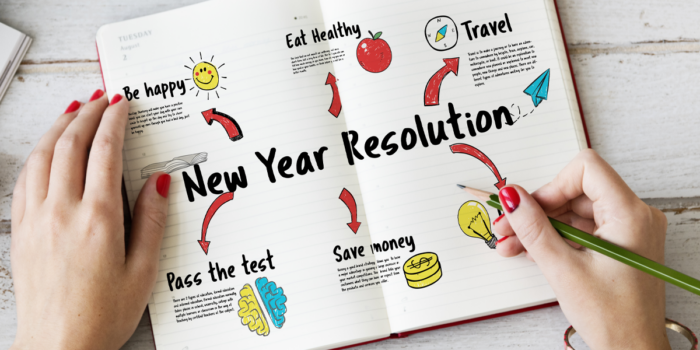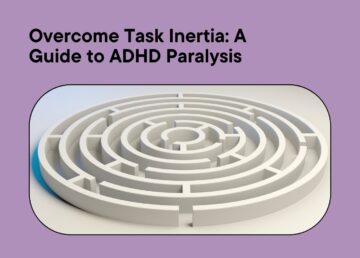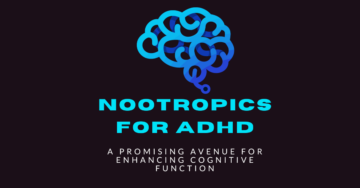Results Over Resolutions: Achieving Your New Year’s Goals One Step at a Time

New Year’s resolutions are a time-honored tradition in which many participate. They provide a chance to reflect on the past year and set goals for self-improvement in the year to come.
New Year’s Day is almost like a “reset button” – anything you did or didn’t do last year does not matter anymore, and you can start anew.
Sadly, often following through with resolutions takes more work than thought. Thus, let’s focus on results over resolutions this year – work on your goals one step at a time.
Why Do We Need Resolutions?
One reason is that they allow you to take stock of your life and identify areas where you want to make changes.
This self-reflection can be a powerful tool for personal growth and help you become the best version of yourself.
New Year’s resolutions also provide motivation and a sense of purpose. When you set a goal for yourself, you have something concrete to work toward, which can help you stay motivated and focused.
How to Keep Up With My Resolutions?
Research has shown that people who make New Year’s resolutions are more likely to achieve their goals. This is likely because resolutions provide a clear plan and a timeline for positive changes.
What’s more important than making resolutions is following through with them. Many people fail to do that because they get caught up in routines, work assignments, and daily struggles, such as chores.
So, how to start seeing the results from your resolutions? Here are some tips.
1. Make specific, achievable goals
Instead of resolving to “exercise more,” try setting a specific goal, such as “exercise for 30 minutes 3 times per week.”
Clear goals are more likely to be successful because our brains like consistency and structure.
Break down your large goals into bite-sized pieces – it will help you walk toward the big thing one step at a time.
2. Create a plan
Having a goal is not enough – you need to create a coherent plan to achieve it. Break your goals down into small, manageable steps, and make a plan you can follow through.
For example, if your goal is to exercise more, schedule your workouts in advance and create a plan for fitting them into your weekly routine.
3. Don’t be too hard on yourself
Sometimes, there are setbacks and obstacles along the way, but it’s possible to overcome them with hard work and dedication.
It’s normal to have setbacks or to lose momentum from time to time. Don’t be too hard on yourself if you slip up or miss a goal. Just get back on track as soon as you can.
Remember that change takes time, and staying positive and focusing on your progress is essential.
Be Your #1 Priority
This year, prioritize your physical and mental health instead of trying to reinvent yourself from scratch.
Focus on your progress and work toward your goals in small, manageable steps – no need to overwhelm yourself with unrealistic expectations. Celebrate small victories along the way, and keep your ultimate goal in mind.
Self-improvement is a never-ending journey that requires consistent work and dedication. Hence, don’t seek perfection or be afraid to start small. Instead, cheer yourself up when looking back at the progress you have already made.





